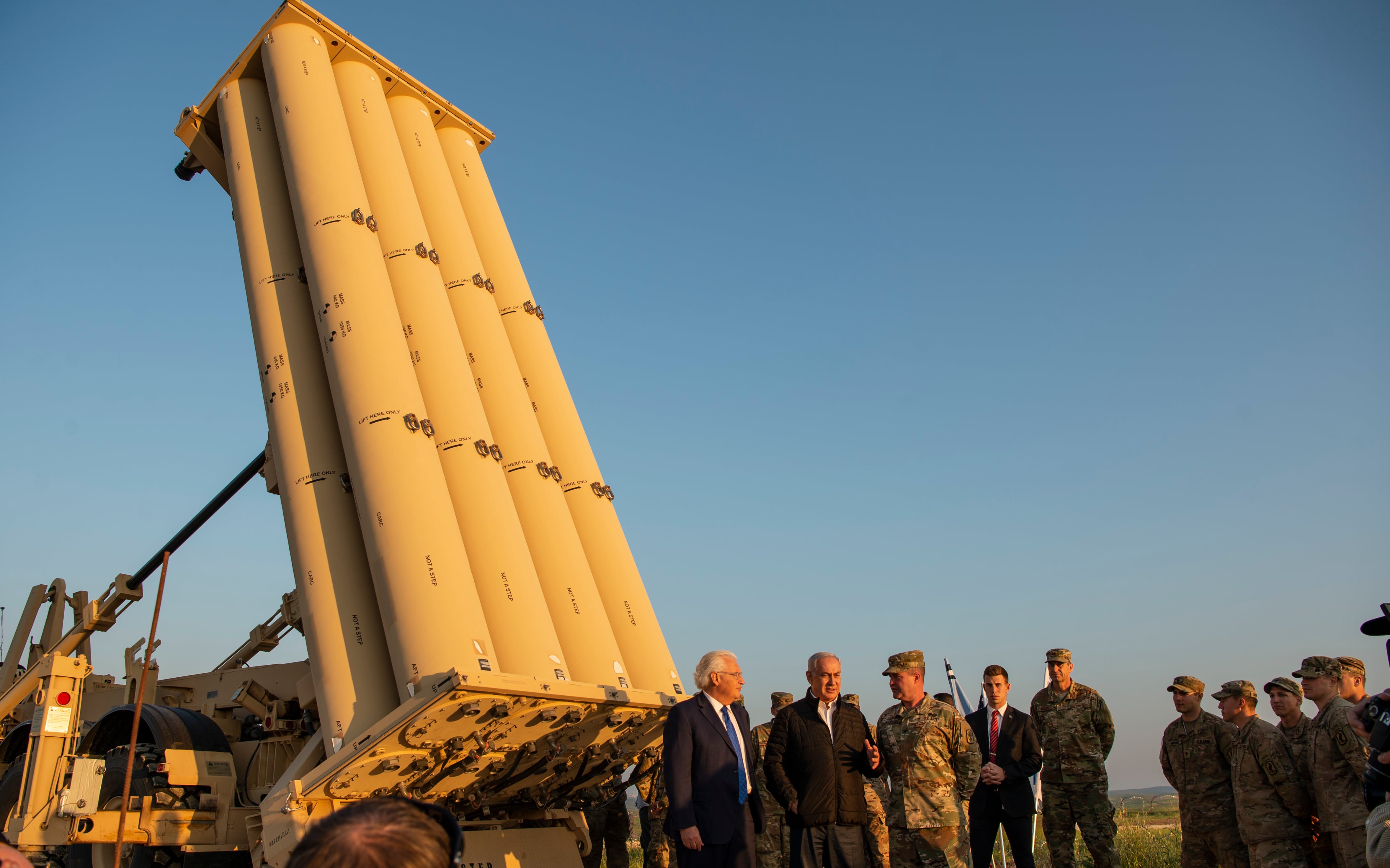UPDATE — This story has been updated to include a statement from Raytheon regarding its THAAD and Patriot integration work.
WASHINGTON — The U.S. Missile Defense Agency successfully launched the most advanced version of the Patriot missile from a Terminal High Altitude Area Defense system in a Feb. 24 test at White Sands Missile Range, New Mexico, Lockheed Martin told Defense News.
The Patriot Advanced Capability-3 Missile Segment Enhancement — or PAC-3 MSE — was fired using the THAAD system against a simulated incoming target, Scott Arnold, vice president of integrated air and missile defense at Lockheed Martin Missiles and Fire Control, said in a March 9 statement.
Lockheed manufactures both the MSE and the THAAD system.
The PAC-3 MSE interceptor flew to the intercept point and subsequently self-destructed as planned, Arnold said.
The test proves PAC-3 MSE can be integrated directly into the THAAD weapon system, providing the capability to launch MSE missiles separately from a Patriot fire unit, Arnold said.
The Raytheon Technologies-made Patriot is the U.S. Army’s regional air and missile defense system. The service is working to replace the system with a new integrated air and missile defense system.
THAAD, which is operated by the Army but owned by MDA, provides defensive capability in the terminal — or final — phase of a threat missile’s flight.
RELATED

“With this successful demonstration, the Patriot M903 Launching Stations and PAC-3 MSE interceptors can be deployed with the THAAD Weapon System using only the THAAD radar and TFCC (Fire Control & Communication) for support,” Arnold explained.
The ability to do this means the U.S. military now has a “critical multi-tier missile defense capability” with the ability to go up against both current and emerging threats, he said. Having upper-tier and lower-tier interceptors within one battery expands the battlespace, increases the area of defensive coverage and adds flexibility to combatant commanders in how they use the systems, he noted.
The Army and MDA have worked rapidly over the past several years to integrate THAAD and Patriot in response to an urgent operational need from the service on the Korean Peninsula, where there is a need for a defensive capability for maneuver forces.
Multiple tests were conducted to progressively integrate the systems. In a previous test, for example, the Raytheon-made THAAD AN/TPY-2 radar detected and tracked a threat target missile and provided information to the Patriot system, which then launched a PAC-3 MSE to destroy the target.
The most recent test only required the need of the Patriot launcher and interceptors — and not its fire control system.
The integration effort uses some of the principles of decoupling launchers and radars so an operator, for instance, can use a THAAD radar — which can see farther than a Raytheon-made Patriot radar — but decide to engage a Patriot interceptor depending on the threat picture.
The ability to use the THAAD radar also gets more out of the PAC-3 MSE weapon fired from Patriot units, which outperforms the organic Patriot radar.
Raytheon has been “working with the THAAD and Patriot teams to develop a concept of operations and radar software build to help enable the MSE integration into the weapon system,” according to a company spokesperson.
“We’re wrapping up that urgent operational need and we’ll get that out the door soon,” Vice Adm. Jon Hill, MDA director, said March 9 at the McAleese & Associates defense conference in Washington. “We’re pretty stoked about that.”
Jen Judson is an award-winning journalist covering land warfare for Defense News. She has also worked for Politico and Inside Defense. She holds a Master of Science degree in journalism from Boston University and a Bachelor of Arts degree from Kenyon College.








